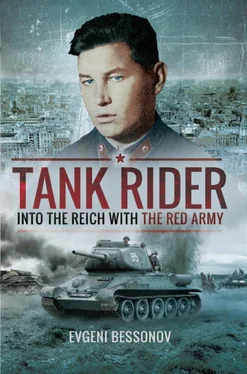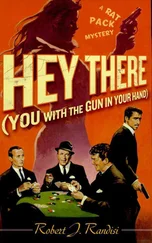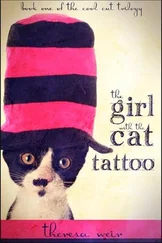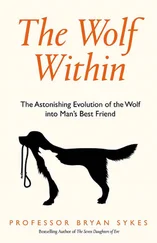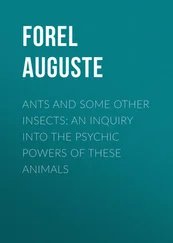Nikolai Balabanov . Born in 1923. He was of average height, physically weak. He was calm, but he deserved his last name – he was an awful balaban (chatterbox), he could lie very well. He was not a very good student, as he was awfully lazy. He would often copy homework from the others. I studied with him from the 7th grade. I met him after the war, he said that he had been at the front, but I did not understand where he was and what he we was. I have not heard anything about him later.
Vladimir Grivnin . Born in 1923. He came to our class in the 8th grade. He had top grades. He was of average height and a physically fit, calm and modest person. I was a good friend of his. We prepared for the final exams in the 10th grade together at his place. He helped me a lot. We heard the news of the war together with him at retro film theatre. In 1941 he entered the Military Institute of oriental studies and graduated it. He did not go to the front. Some twenty years ago he was a professor in Moscow University, as they told me. I did not meet him after the war.
Viktor Kasatikov . Born in 1923. He was a strong and average sized guy. From the 1st grade he only had excellent grades. He was especially strong in mathematics. He was modest and timid, somehow he did not make friends with anyone. He fought the war and survived. I met him after the war, but did not quite understand what he did at the front and where he was. I did not have any contact with him. They said that he joined the Ministry of Interior.
Boris Kopchenov . Born in 1923. I studied together with him from the 1st grade. He was shy and timid, he would blush all the time. He studied well and in the 10th grade he started to study very well. He was a company commander in the war. I met him in 1949 after the war, but the meeting was short. I have not heard anything about him since that time.
Alexander Lapin . Born in 1923. He was a short, but strong guy. I studied together with him from the 8th grade. He was silent and modest. He had top grades in the 10th grade. He did not have any good friends, but I was at friendly terms with him. He had a good sense of humour. He fought the war and survived. He graduated from college after the war and worked in a factory as an engineer. I met him between 1949 and 1952, although quite rarely. I did not have any close contact with him. I do not know where he is now.
Mark Popov . Born in 1923. He studied in our class from the 8th grade. An excellent student, a decent and clever guy. Of small height. He had weak health, something went wrong with his leg and he was incapacitated. He did not serve in the army. I met him in 1943, he lived with his parents somewhere in Siberia. I have not heard anything from him since that time.
Ivan Sedov , Born in 1922. I knew him from the 1st grade. He was very diligent student. He was quite well built, but did not do any sports. He did not have friends. He was modest. He fought the war. Actually, in 1941 he entered the Military Institute of oriental studies (together with Grivnin), but in 1942 he asked the Institute to let him go to the front. He went through the war. For some time he served in the army. Retired from service in 1955. Later he worked as a professor in Moscow University. He lives in Moscow. Sometimes we call each other, but never meet.
Viktor Selvanovich , Born in 1923. We studied together from the 1st grade. He had weak health and was modest. He was calm and did not have friends. He studied quite well. We were friends with him; he did not make friends with anyone else. We were also neighbours, our houses were facing each other. We were drafted on the same day, on 11 August, 1941.He fought the war, was heavily wounded and retired from service. He lived in Perm together with his wife. I met him when he came to Moscow to visit his mother. After that I lost contact with him.
I have already written about myself during my school years. I was skinny, but sports helped me: bar, soccer, volleyball, wrestling, skiing and skating – well, I was quite bad at skating. I did not obtain any significant results, but became stronger, especially after starting wrestling sessions at Lokomotiv stadium. For some reason I was a bad student before 6th and 7th grades. In the 9th and 10th grades I started to make progress. I did not become a distinguished student and never was one. I was good friends with everyone. As someone said: ‘we only deserve respect to the extent that we can appreciate the others.’
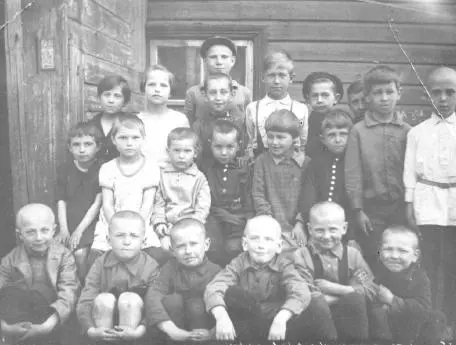
Moscow youth. This photo, taken in 1932 in Moscow, shows children from Evgeni Bessonov’s neighbourhood. The author stands second from the right.
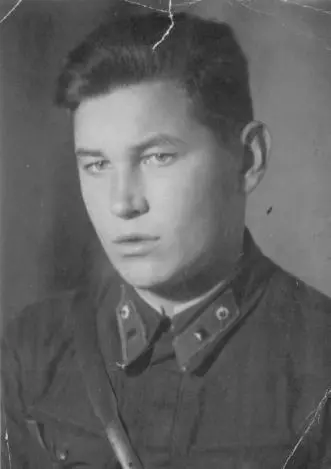
A photograph of Bessonov taken while at the Kamyshlov military infantry academy in 1942.
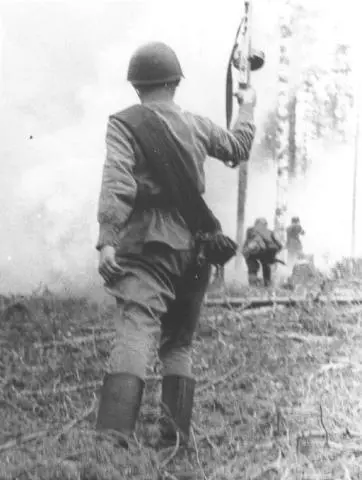
A junior officer, holding a submachine-gun, watches as his troops fight their way into a wood. The submachine-gun was the weapon of choice for many tank riders and it meant they could combine firepower with mobility.
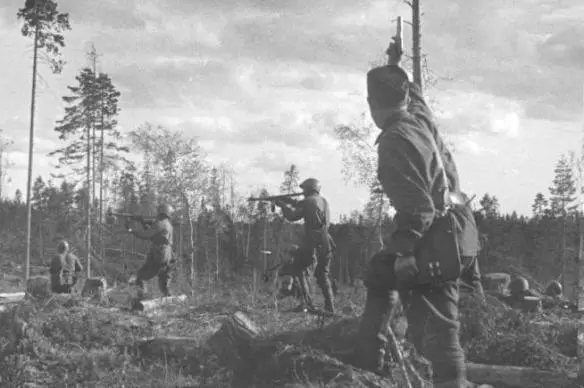
A junior officer leading Soviet infantrymen forward through wooded terrain. Junior officers such as Bessonov were expected to lead from the front and suffered enormous casualties as a result. In four years of war the Red Army alone lost 90, 210 company commanders and 296,744 platoon commanders killed in action.
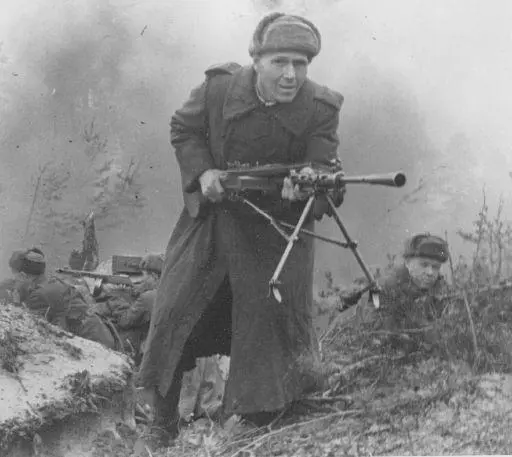
An action shot of Red Army soldiers changing position during an attack. The lead soldier is armed with a Degtyarev light machine-gun.
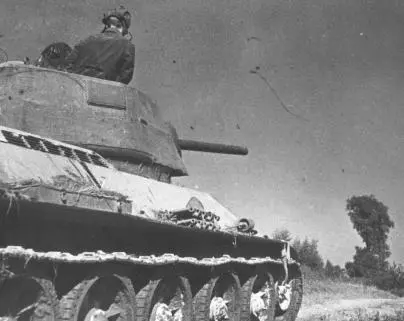
A T-34-76 tank, heading to the front, fires at a distant enemy position.

A Maxim machine-gun crew opens fire on a village occupied by Germans. The Maxim was a morale-boosting addition to any attack as well as a crucial way to ‘soften up’ any enemy position.
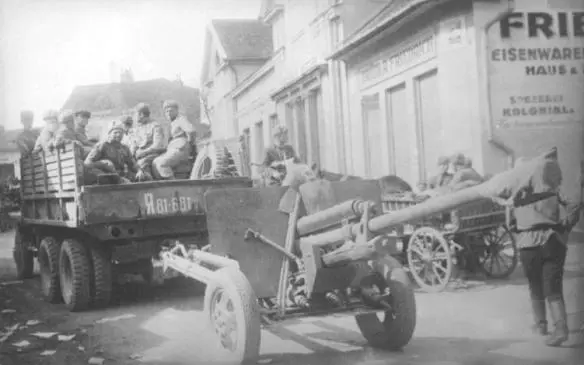
A Soviet divisional ZIS-3 76mm gun being towed by a Studebaker US6 truck drives through the streets of a liberated European town.
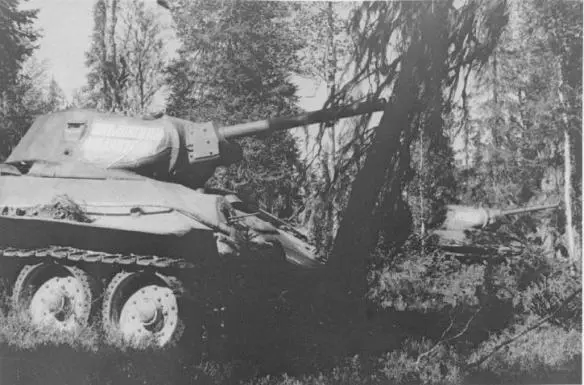
A T-34-76 ploughs its way through a forest.
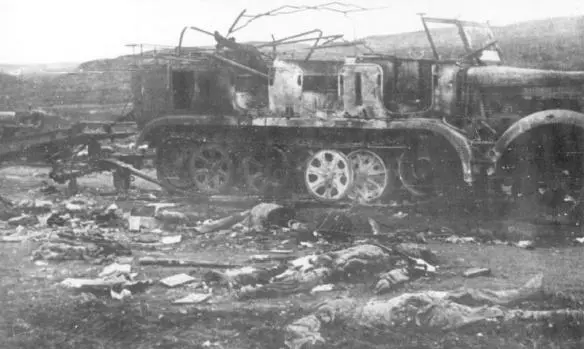
The wreckage of a German Mittlerer Zugkraftwagen 8t Sd.Kfz.7 destroyed during a Soviet assault.
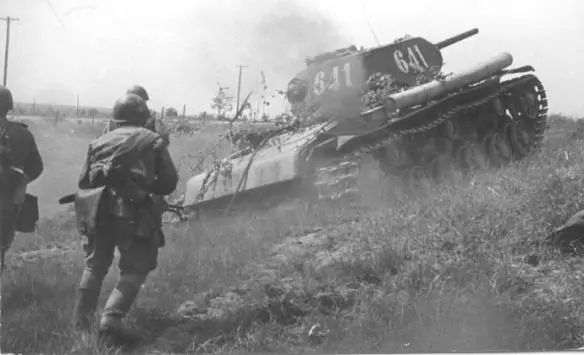
A KV-1 heavy tank mounts a slight incline. Its complement of tank riders follow in its wake, ready to offer infantry support.

Tank Riders on a column of T-34-85 tanks move through the streets of a European town. Riding a tank was a hazardous affair. Near Lodz a tank carrying Bessonov’s men was hit by a shell from a German Tiger: ‘The explosion killed almost everyone, some soldiers were simply blown to pieces and nothing remained of them’.
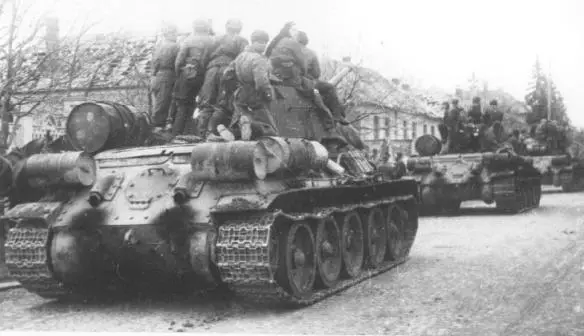
Another photo of T-34-85 tanks with tank riders. Despite the hazards, riding tanks meant that infantry could at least travel at speed.
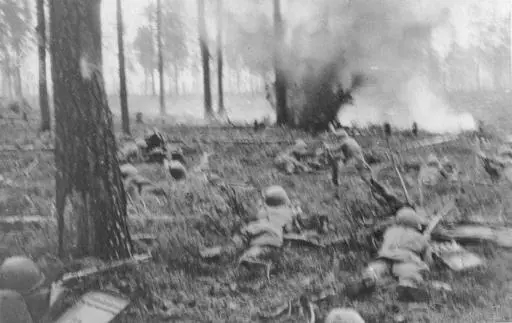
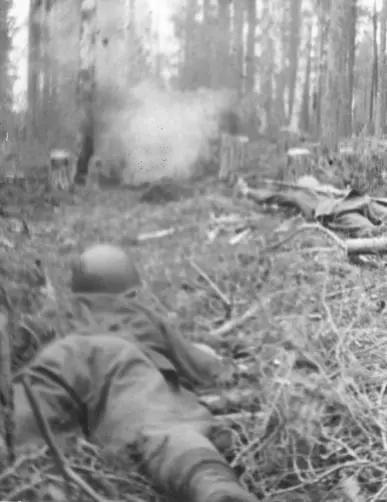
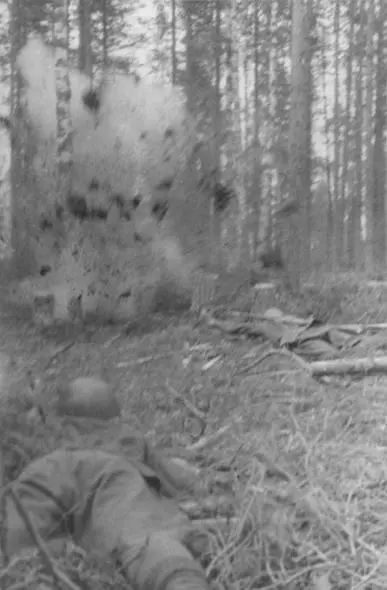
These remarkable photographs show Soviet infantry taking cover as they come under German fire during a battle for possession of a forest. Fighting in such terrain was extremely hazardous. Bessonov and several of his men were wounded by splinters when a German shell struck a tree in August 1944.
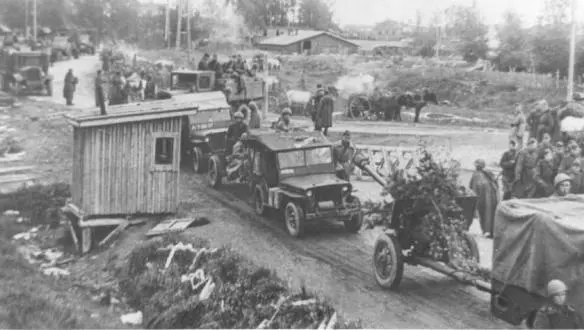
A sparsely camouflaged Soviet artillery column moves forward. Dodge 3/4s pull ZIS-3 76 mm divisional guns while Willis jeeps tow 45 mm antitank guns.
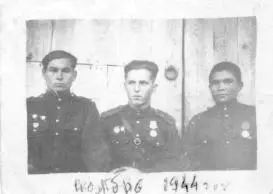
This photograph was taken in Poland in November 1944. Left to right: Bessonov, Petr Shakulo and another soldier.
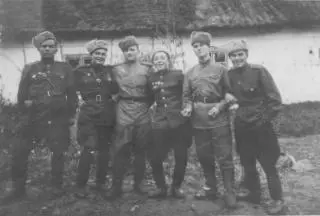
A photograph taken in November 1944, somewhere in Poland. Left to right: Lieutenant Alexander Fedorovich Guschenkov, commander of the machine-gun platoon of 1st company; Lieutenant Oplesnin, commander of SMG platoon of the 1st battalion; an unknown soldier; Senior Lieutenant Nikolai Konstantinovich Chernyshov; commander of the 1st company; another anonymous soldier; and Lieutenant Grigori Andreevich Shtokolov, commander of the 2nd company.
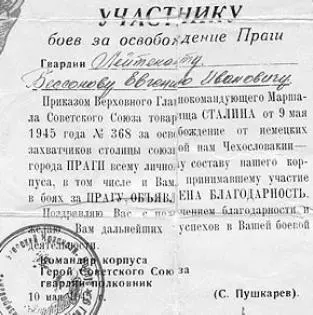
A certificate awarded to members of Bessonov’s brigade to mark the liberation of Prague. Signed by Colonel Pushkarev on 10 May, 1945, the award notes that the brigade received the thanks of the Commander in Chief for their efforts in freeing the city.


The 1st battalion of the 49th Mechanized Brigade photographed on 9 May 1945 taking a rest while on their way to Prague.
LIST OF ILLUSTRATIONS AND MAPS
Читать дальше
